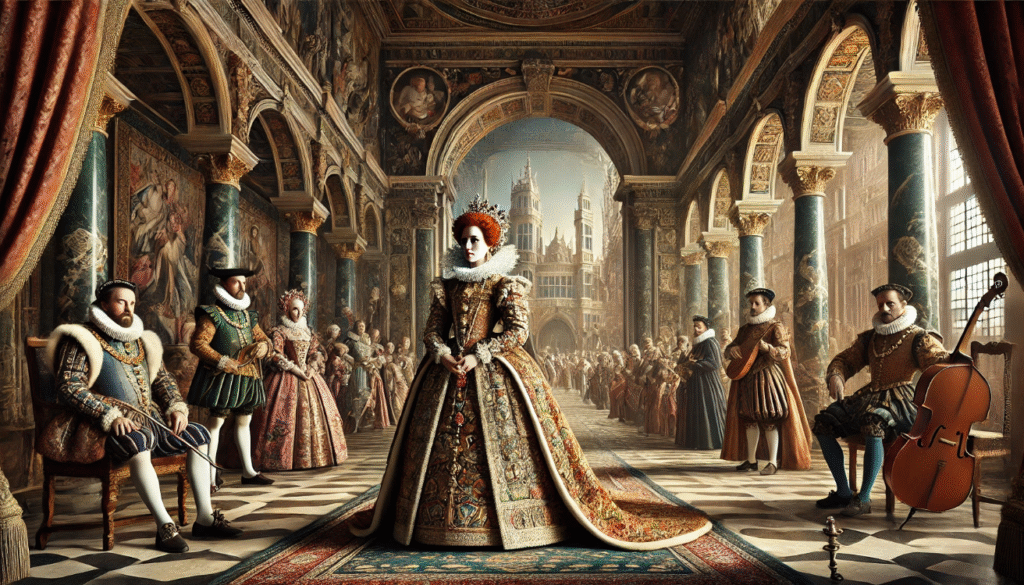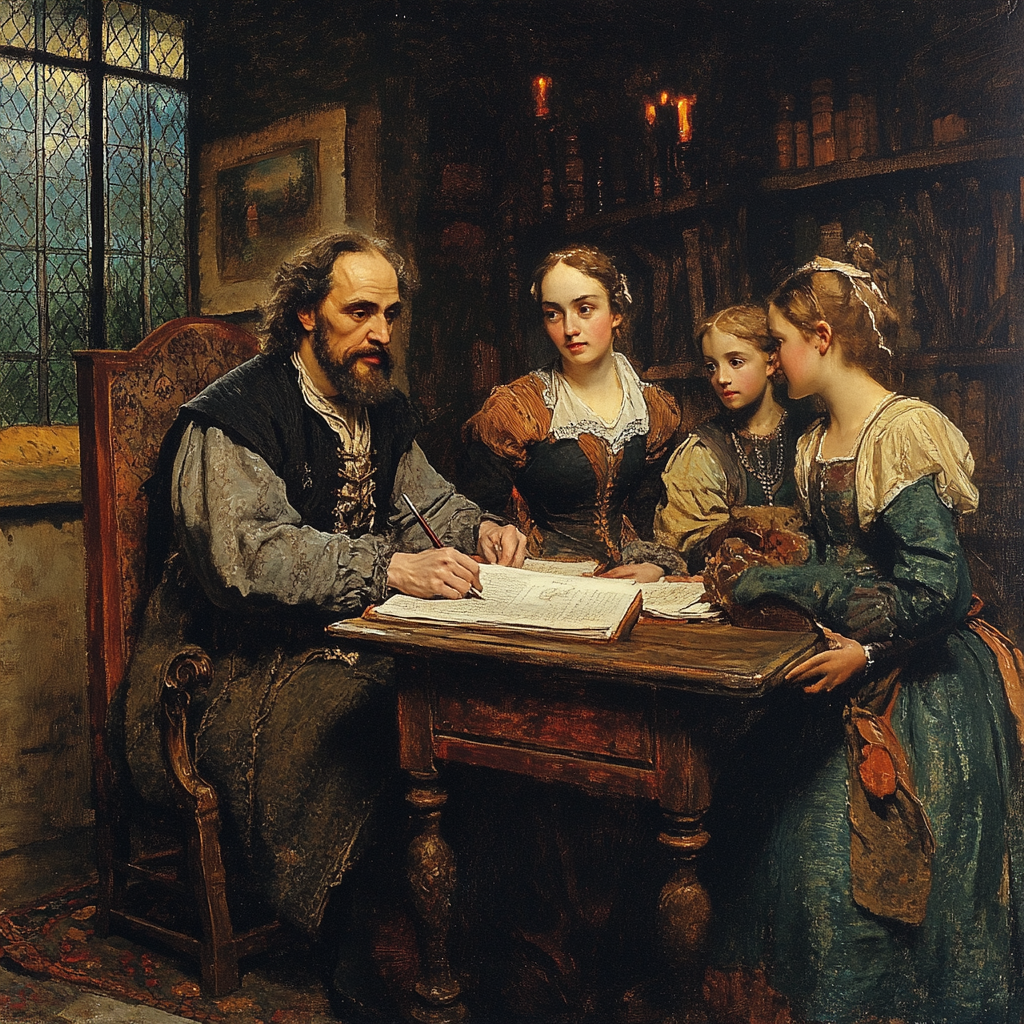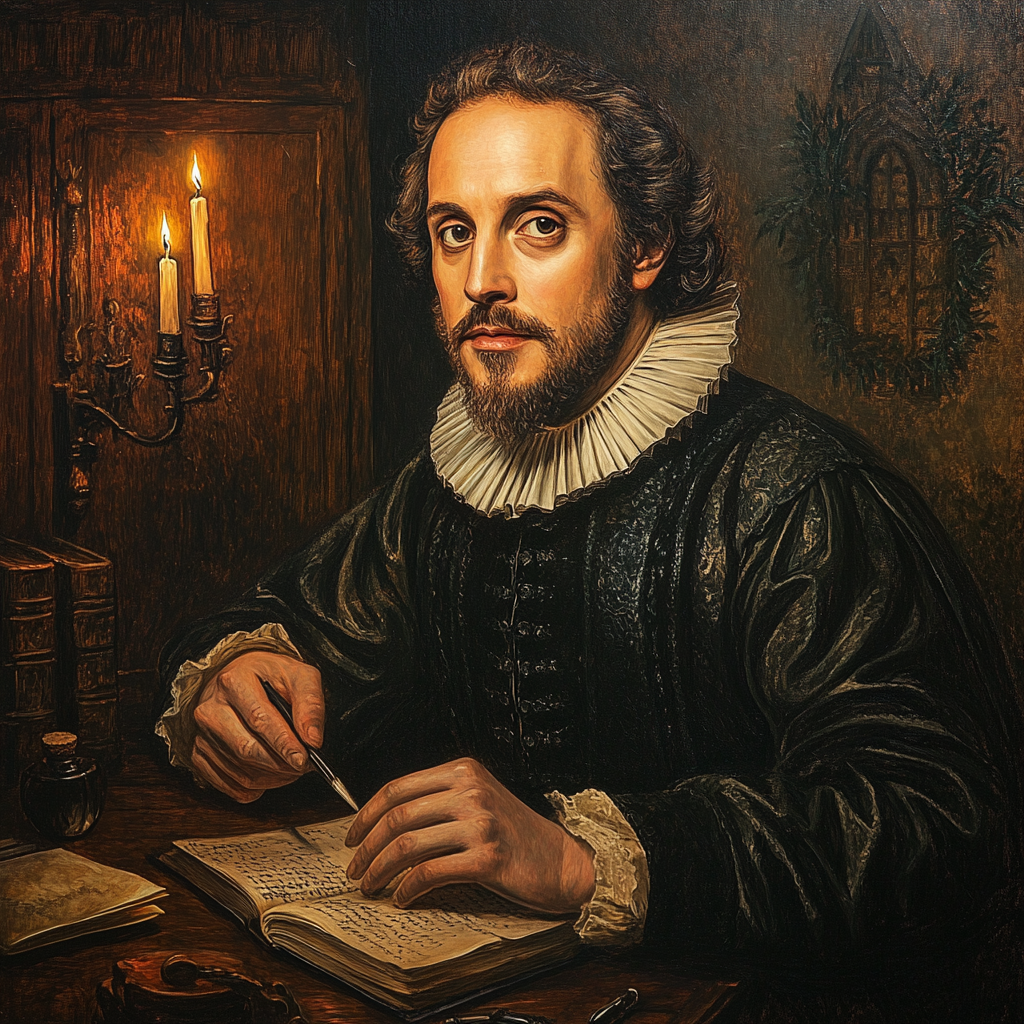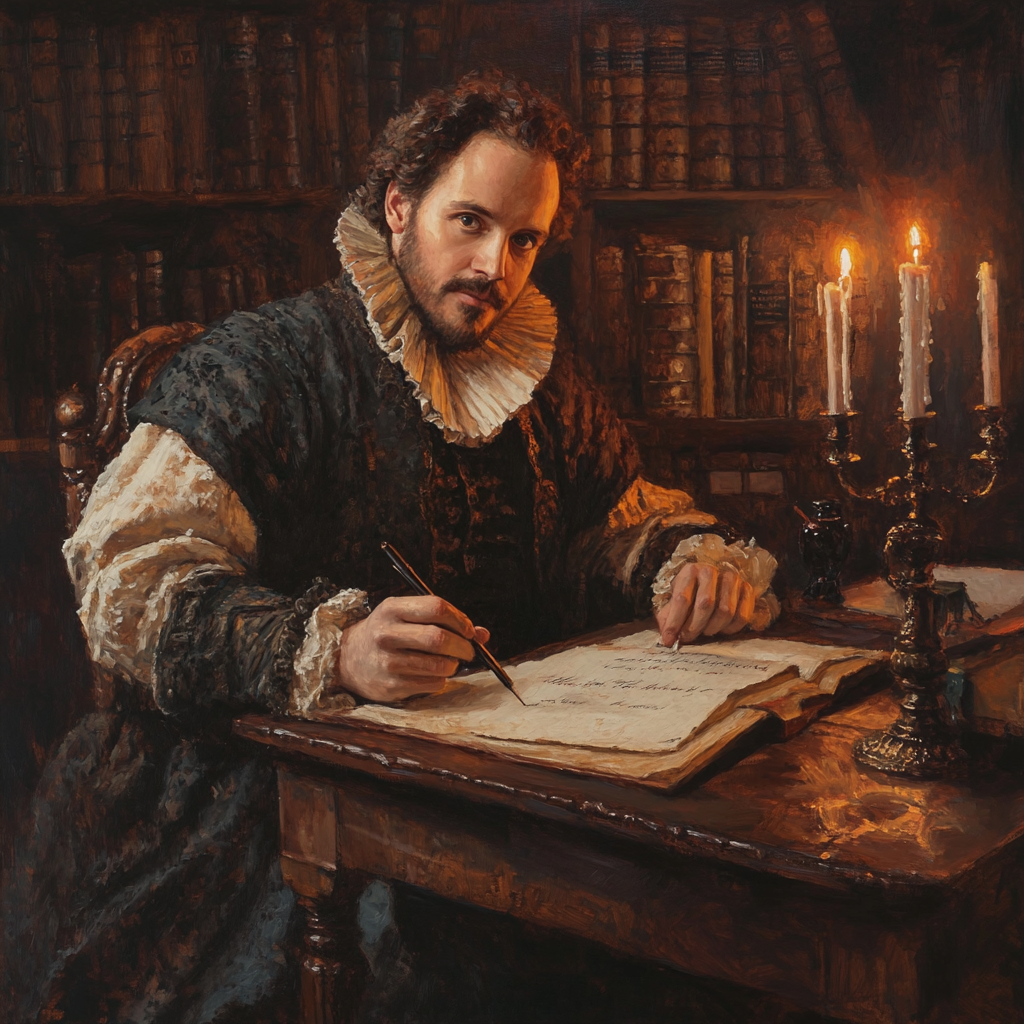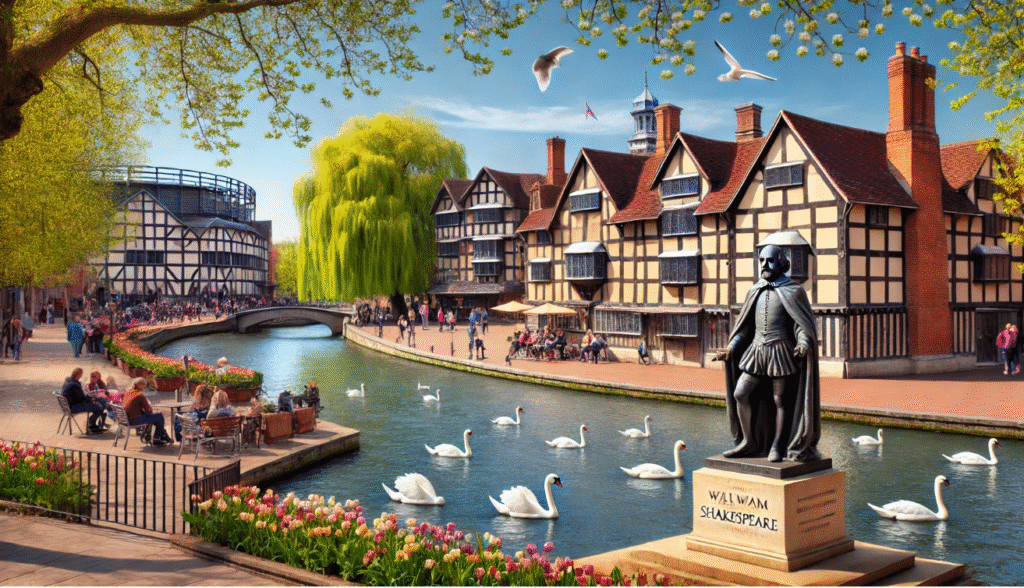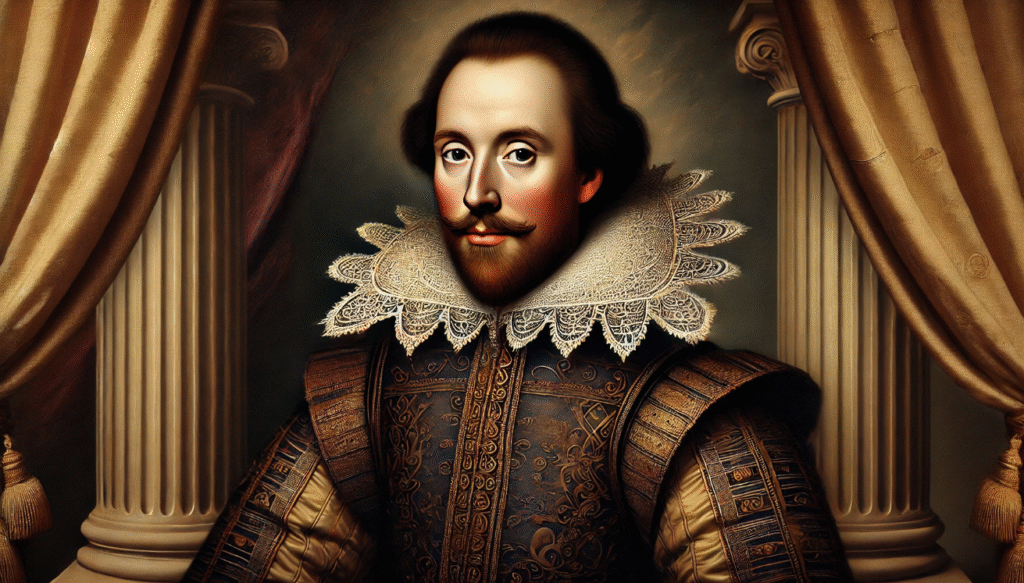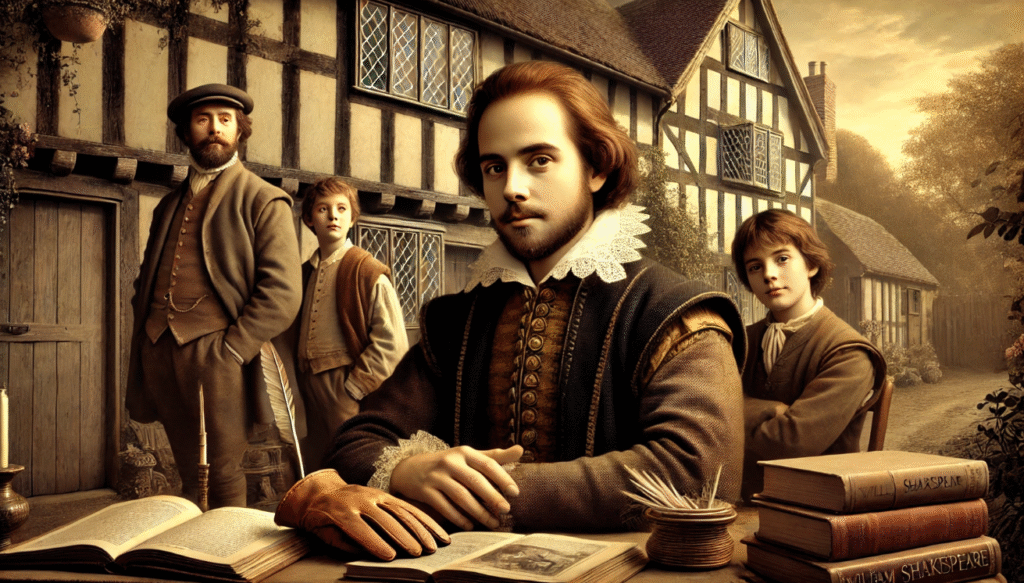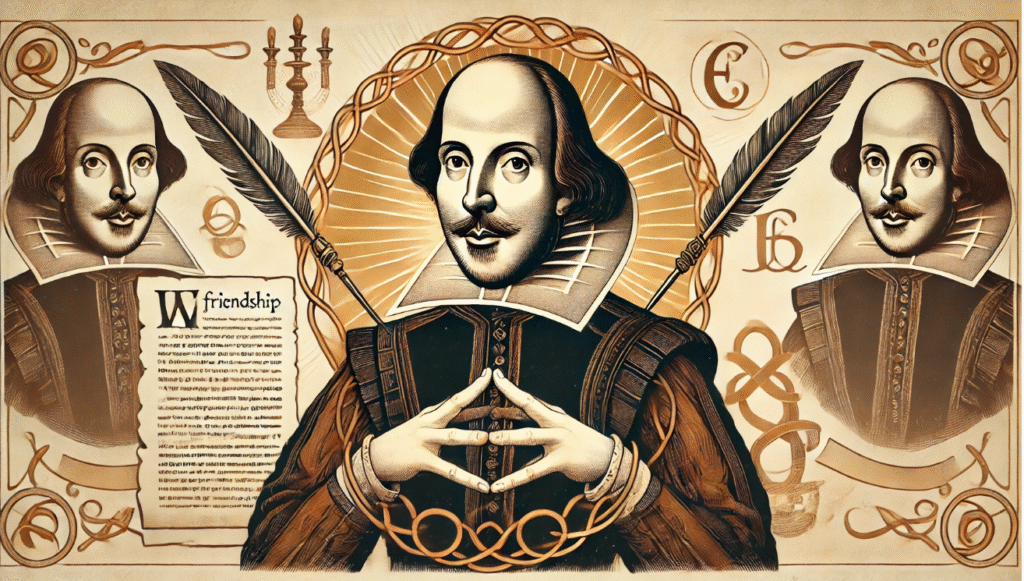 Shakespeare’s relationship with Queen Elizabeth I, which took place during the reign of Queen Elizabeth I from 1558 to 1603, was a time of significant cultural and literary flourishing in England. Queen Elizabeth I was a powerful and influential monarch, and her reign saw the rise of iconic playwrights, such as William Shakespeare, who became synonymous with the era’s literary achievements. Shakespeare, often referred to as the Bard of Avon, is widely regarded as the greatest playwright in the English language and his works continue to be celebrated and studied to this day. His plays, such as “Hamlet,” “Macbeth,” and “Romeo and Juliet,” are timeless classics that have had a profound impact on English literature and theater.
Shakespeare’s relationship with Queen Elizabeth I, which took place during the reign of Queen Elizabeth I from 1558 to 1603, was a time of significant cultural and literary flourishing in England. Queen Elizabeth I was a powerful and influential monarch, and her reign saw the rise of iconic playwrights, such as William Shakespeare, who became synonymous with the era’s literary achievements. Shakespeare, often referred to as the Bard of Avon, is widely regarded as the greatest playwright in the English language and his works continue to be celebrated and studied to this day. His plays, such as “Hamlet,” “Macbeth,” and “Romeo and Juliet,” are timeless classics that have had a profound impact on English literature and theater.
Setting the Stage: The Elizabethan Era
Political and Cultural Landscape
Queen Elizabeth I’s reign from 1558 to 1603 was a time of great cultural and artistic growth in England. The monarch played a significant role in supporting the arts and culture during this period. Queen Elizabeth I was a patron of the arts, and her court was a center of artistic activity. She supported playwrights such as William Shakespeare and Christopher Marlowe, and her reign is often referred to as the Elizabethan Era, a golden age of English literature and drama. The queen also promoted the development of music and dance, and her court was known for its lavish entertainments.
The Rise of English Drama

The growth of theater and drama as popular forms of entertainment can be traced back to ancient civilizations such as the Greeks and Romans, who used these art forms as a way to entertain and educate their people. Over time, theater and drama evolved and spread to different parts of the world, becoming an integral part of various cultures. In the 16th century, William Shakespeare emerged as a prominent figure in the flourishing cultural environment of theater and drama in England. His works, such as “Romeo and Juliet,” “Hamlet,” and “Macbeth,” continue to be celebrated for their profound impact on the world of literature and the performing arts.
Queen Elizabeth I: The Patron of Arts

Elizabeth I’s Support for the Arts

Patronage of artists, musicians, and playwrights has historically been crucial in fostering a vibrant cultural scene. By supporting these creative individuals, patrons help to preserve and promote the arts, ensuring that they continue to enrich society. Additionally, the arts play a significant role in bolstering national pride by showcasing the unique talents and cultural heritage of a country. Through their work, artists, musicians, and playwrights contribute to a sense of national identity and unity, fostering an appreciation for the richness and diversity of a nation’s cultural expression. Therefore, the patronage of the arts is essential in preserving and promoting a country’s cultural heritage and maintaining a strong sense of national pride.
The Queen’s Impact on Theater
The establishment of permanent playhouses like The Globe Theatre during Elizabethan England was a significant development in the history of theater. These playhouses provided a dedicated space for performances and allowed for the growth of a thriving theater scene in London. During this time, there were also restrictions on plays for moral and political reasons, reflecting the influence of Queen Elizabeth I. Censorship was common, and plays had to adhere to certain guidelines to avoid offending the royal court or challenging the political and social order. Overall, the combination of permanent playhouses and the influence of Elizabeth I created a unique and complex environment for theater in England during this period.
Shakespeare’s Rise During Elizabeth’s Reign
Early Works and Success
Shakespeare’s early career began in the late 16th century, where he wrote and performed plays in London. Some of his notable works from this time include Romeo and Juliet, A Midsummer Night’s Dream, and The Taming of the Shrew. These plays showcased his skill in writing both tragic and comedic works, and helped establish his reputation as a playwright.
Royal Influence on His Plays
The examination of themes inspired by Elizabethan values, such as monarchy, power, and order, can be seen in various works of literature from that time period. Playwrights like William Shakespeare often incorporated these themes into their plays, drawing inspiration from the reign of Queen Elizabeth I and her ideals. In plays like The Merry Wives of Windsor, Shakespeare explores the concept of monarchy and the power dynamics that come with it. The play reflects the emphasis on order and hierarchy that was characteristic of Elizabethan society, as well as the reverence for the monarch and the importance of maintaining stability and control.

A Mutual Relationship: Queen Elizabeth I and Shakespeare

Shakespeare’s Indirect Connection to Elizabeth
Shakespeare’s works were likely performed for Queen Elizabeth I at various occasions, such as during state visits, court entertainments, or special events at court. While there is no direct evidence of specific performances for the Queen, it is well-documented that Shakespeare’s company, the Lord Chamberlain’s Men, frequently performed at court. The Queen’s patronage of the theater and her interest in the arts would have made it likely that she would have seen performances of Shakespeare’s plays. Despite the lack of direct interaction, there was a mutual respect between Shakespeare and the Queen, as evidenced by his dedication of some of his works to her.
Elizabeth’s Inspiration in Shakespeare’s Characters
Powerful female characters such as Cleopatra and Rosalind often exhibit traits of strength, intelligence, and resilience, which can be seen as potential connections to Elizabeth’s persona. Cleopatra, for example, was known for her political astuteness and ability to wield power in a male-dominated society, much like Elizabeth herself. Rosalind, on the other hand, is a character from Shakespeare’s “As You Like It” who demonstrates wit, resourcefulness, and independence, qualities that are also often associated with Elizabeth. By examining these powerful female characters and their potential connections to Elizabeth’s persona, we can gain a deeper understanding of the impact of strong women in history and literature.
Legacy of Their Bond

Contributions to the Elizabethan Golden Age
The relationship between individuals and the era’s literary golden age is crucial in shaping and defining the cultural and literary landscape of that time. Their creative exchanges, collaborations, and influences on one another contribute to the richness and diversity of the era’s literary output. Their interconnectedness and shared experiences also serve as a reflection of the social, political, and intellectual climate of the period, offering insights into the values, beliefs, and concerns of the time. Overall, their relationship plays a significant role in shaping the literary golden age and leaving a lasting impact on the literary world.
Impact on Future Generations
Shakespeare’s works continue to have a profound influence on literature and theater to this day. His exploration of human nature, poetic language, and timeless themes have made his plays and sonnets essential to the canon of English literature. His impact can be seen in countless adaptations, reinterpretations, and references in contemporary culture. Additionally, Queen Elizabeth I played a significant role in fostering a cultural renaissance during her reign. She was a patron of the arts and supported the growth of theater in England, which provided a fertile ground for Shakespeare and other playwrights to flourish. Her support and promotion of the arts helped to create a lasting legacy of cultural achievement that continues to inspire and influence the creative world.
Counterpoints and Debates
Critiques of the Relationship’s Significance
Scholars have put forth various arguments suggesting that Elizabeth’s direct influence on Shakespeare may have been limited. Some argue that Shakespeare’s plays did not directly cater to Elizabeth’s tastes or political agenda, and instead focused on universal themes that appealed to a broader audience. Additionally, there is limited evidence to suggest that Elizabeth and Shakespeare had a close personal relationship or that she actively shaped his work. However, it’s important to note that this is a topic of ongoing scholarly debate and new discoveries may shed more light on the nature of their relationship.
Alternative Influences on Shakespeare
Other patrons and societal factors that shaped his works included the influence of wealthy and powerful individuals who commissioned art and supported artists financially. Additionally, societal values and cultural trends at the time also played a role in shaping the subject matter and style of his works. These factors often influenced the themes and techniques that artists used in their creations, reflecting the tastes and interests of their patrons and the broader society in which they lived.

It’s important to consider the impact of other patrons and societal factors on an artist’s work. Wealthy individuals who commissioned art and provided financial support to artists had a significant influence on the subject matter and style of their works. Additionally, societal values and cultural trends at the time also played a role in shaping the art. These factors often influenced the themes and techniques that artists used in their creations, reflecting the tastes and interests of their patrons and the broader society in which they lived.
The indirect yet impactful bond between William Shakespeare and Queen Elizabeth I is a fascinating example of how power, culture, and creativity intersected during the Elizabethan era. Despite never meeting face to face, Shakespeare’s plays and sonnets were influenced by the political and cultural climate of the time, and in turn, his work contributed to shaping the cultural landscape of the era. Their relationship symbolizes the way in which creativity can both reflect and influence the power dynamics of a society. It also highlights the ways in which literature and art can become intertwined with the political and social structures of a time period. I encourage readers to explore Shakespeare’s works to gain a deeper understanding of his genius and the historical context in which he thrived.

